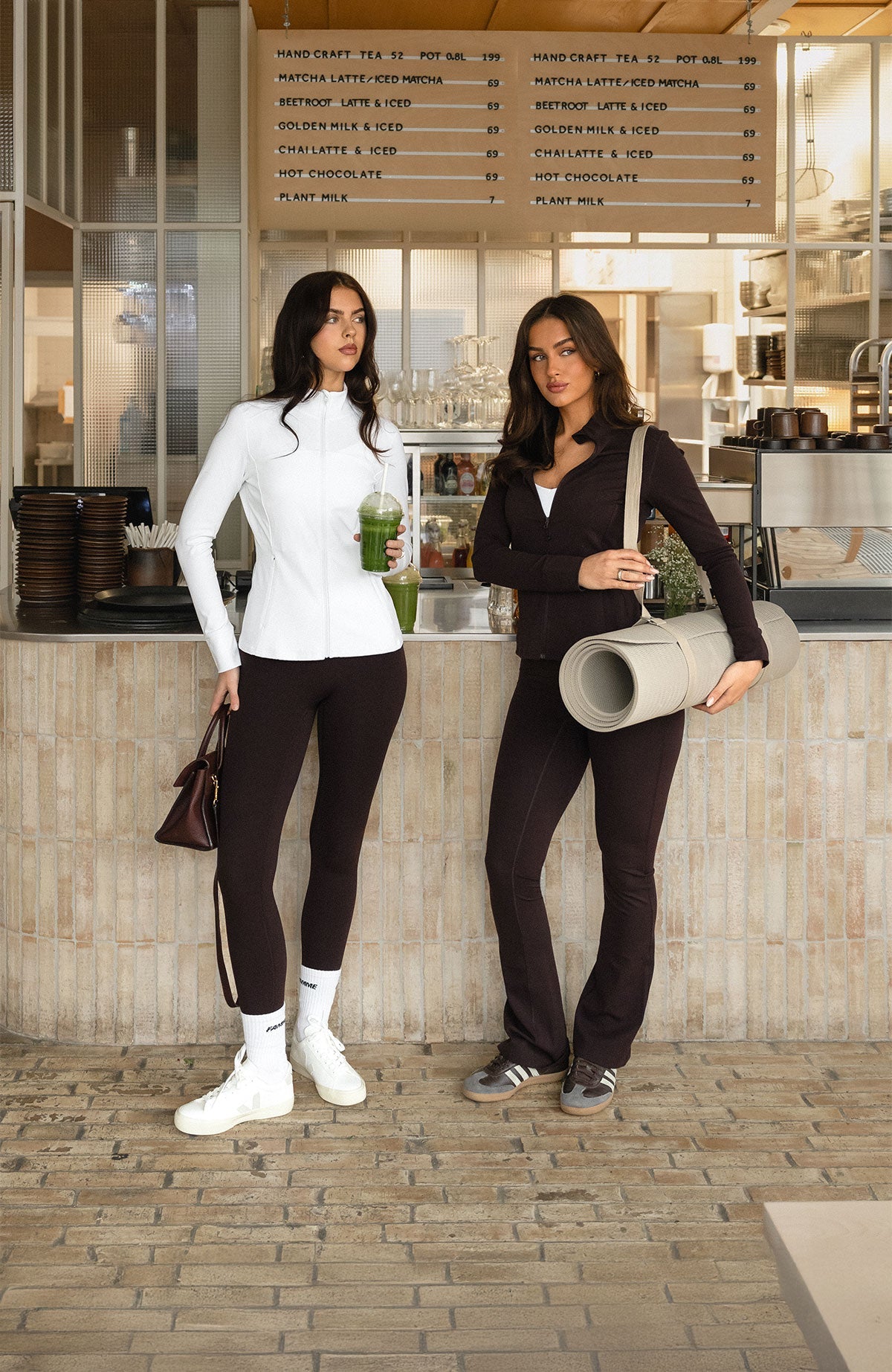Marching Glute Bridge
The Marching Glute Bridge is a variation of the classic glute bridge, adding a "marching" element to increase the challenge. This exercise targets the glutes, hamstrings, hips and core muscles. It improves balance and stability in the hips, which is important for general function and performance in activities such as running, cycling and strength training.
Correct form and technique
How to perform the Marching Glute Bridge with proper technique:
- Lie down on your back with your knees bent and your feet flat on the ground, approx. hip width apart.
- Press your heels into the ground and lift your hips up so that your body forms a straight line from shoulders to knees.
- Keeping your hips raised, lift your right foot off the ground, pulling your knee toward your chest while your left foot remains on the ground.
- Lower the right foot back in a controlled manner, and repeat on the opposite side with the left foot.
- Continue to alternate between your right and left leg in a marching motion, while keeping your hips lifted.
Be sure to keep your core tight and avoid dropping your hips during the march to maintain stability and control.
Common errors
Here are some common mistakes to avoid:
- Hips drop: Make sure your hips stay stable and don't drop too much during the march. This reduces the effect on the gluteal muscles.
- For fast movement: Perform the exercise slowly and controlled to engage the muscles as much as possible.
- Overextension: Avoid lifting the hips too high so that the lower back begins to bend.
Modifications and variations
Adapt the exercise to your level:
- Beginners: Start with a standard glute bridge before adding the march to build strength and stability in the hips.
- Advanced: Add a barbell or dumbbells above your hips to increase resistance and intensity.
Number of repetitions and sets
Perform 10-12 repetitions per leg, in 2-3 sets . Focus on maintaining correct form throughout the exercise for maximum effect.
Breathing technique
Inhale as you lower your leg, and exhale as you lift your knee towards your chest. This will help you maintain control and stability throughout the movement.


